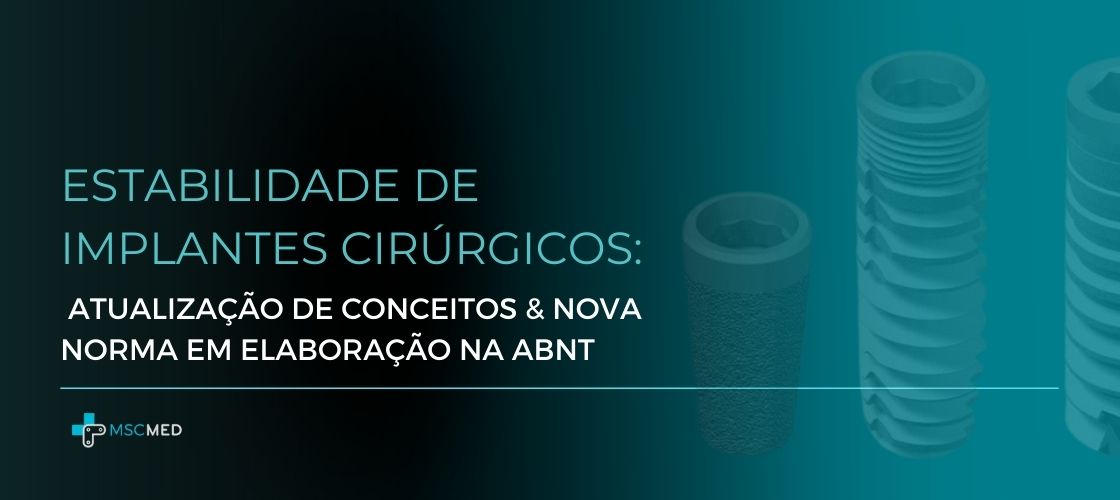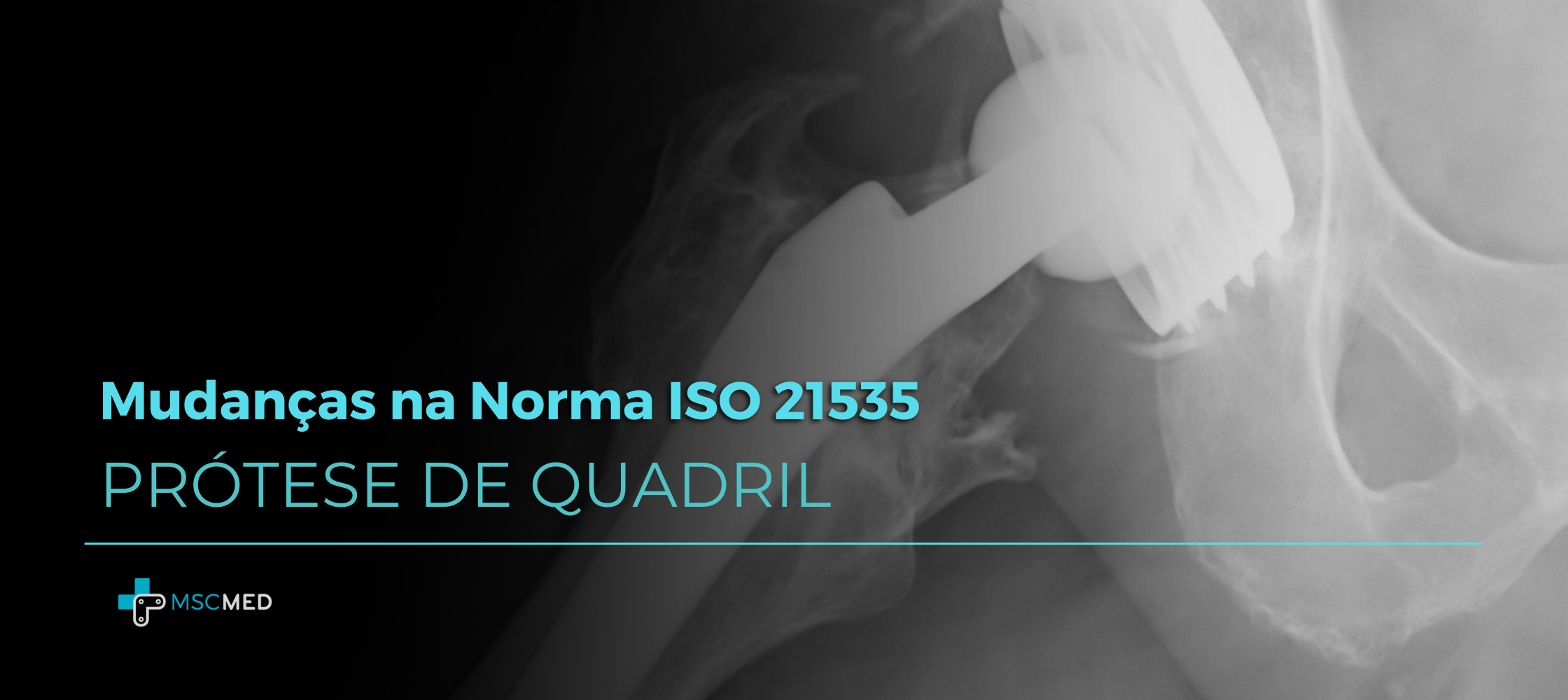Currently, regulatory bodies have paid much attention to the performance aspects of non-active surgical implants in a magnetic resonance imaging (MRI) environment. Historically, there have been many restrictions on active implants (pacemakers, for example) regarding electromagnetic risks due to the presence of electronic components in the product. But when it comes to non-active implants, the admissibility of subjecting patients to the MRI environment remains under discussion.
Implants made of stainless steel, with ferromagnetic characteristics, are notably incompatible with the MRI environment. For implants manufactured with non-ferromagnetic metals, risk analyzes may be necessary based on test methods and evaluations that identify parameters such as induced displacement, induced heating and artifact formation in diagnostic imaging.
For some high-risk surgical implants, such as aneurysm clips, physical compatibility tests in an MRI environment are mandatory. For several others, carrying out this type of test is not usual.
Do non-ferromagnetic products present risk in MRI?
Ferromagnetism is the basic mechanism by which certain materials, such as iron, form permanent magnetic fields, or are attracted to magnetic fields. The fact that an implant is made from non-ferromagnetic material does not mean, however, that it will not present a risk in terms of exposure to an electromagnetic field. There are other response mechanisms to electromagnetic fields, such as paramagnetism. Additionally, non-ferromagnetic metals can still interfere with the fields created by MRI equipment and distort images so that they cannot be interpreted properly.
Most orthopedic implants, materials and devices evaluated for MRI issues are made from non-ferromagnetic materials and are therefore potentially safe or conditionally safe when taken with due care. According to studies consulted, titanium implants generate significantly fewer artifacts and will lead to better diagnostic quality images. However, due to the length of the implant or the formation of a conductive loop, induced heating related to the MRI procedure may be a problem for some orthopedic implants, especially cervical fixation devices and internal or external fixation systems. Additionally, the energy created by MRI can cause problems with any conductive metal within an implant, which may inadvertently become a radio transceiver. When this happens, the metal can absorb the energy and begin to overheat, potentially damaging the implant and any tissue surrounding it.

How the FDA addresses the issue
According to the FDA (Food and Drug Agency – USA), for the evaluation of implants in an MRI environment, the manufacturer can declare their product as safe, conditionally safe or unsafe in an MRI environment.
To support the statement, scientific rationales, computer simulations and even physical tests for different electromagnetic field intensities may be necessary. Regardless, the risks associated with the possible submission of patients with implants to the MRI environment need to be foreseen in Risk Management, in accordance with the ISO 14971 standard.
Is there a commercial gain in stating that an implant is compatible?
The global trend is that more complete studies are required on the compatibility of non-active implants in the MR environment. Technical meetings establishing regulations on the topic are at a high level of activity, the European Union's notifying bodies have been rigorous and there is an intense exchange of experiences at IMDRF.
Naturally, doctors and patients will prefer prostheses and implants that have been evaluated and certify that they are compatible with the magnetic resonance environment, bringing greater security in decision making. Therefore, carrying out tests can be seen not only from a regulatory perspective, but also from a market differentiator perspective.
Get an evaluation
MSC MED has specialists focused on solutions that involve computer simulations to define critical cases and behavior of implants in an MRI environment, as well as establishing rationales based on scientific literature aimed at defining the need and optimizing physical tests in the cabin to evaluate the your medical device in an MRI environment. We are available to serve you.
References
- Kumar, Ritabh, et al. “Safety of orthopedic implants in magnetic resonance imaging: an experimental verification.” Journal of orthopaedic research 24.9 (2006): 1799-1802.
- Koch, K. M., et al. “Magnetic resonance imaging near metal implants.” Journal of Magnetic Resonance Imaging 32.4 (2010): 773-787.
- ORTHOPEDIC Implants, Materials, and Devices. Disponível em: <http://www.mrisafety.com/SafetyInfov.asp?s_keyword=implant&s_Anywords=&SafetyInfoID=189>. Acesso em: 17 ago. 2018.
- THE FACTS About MRIs and Metal Implants. Disponível em: <https://www.verywellhealth.com/mri-with-a-metal-implant-or-joint-replacement-2549531>. Acesso em: 17 ago. 2018.
How useful was this post?
Click on a star to rate it!
Average rating 0 / 5. Vote count: 0
No votes so far! Be the first to rate this post.





